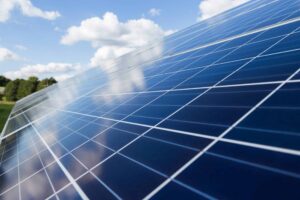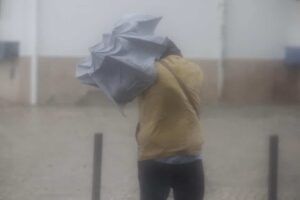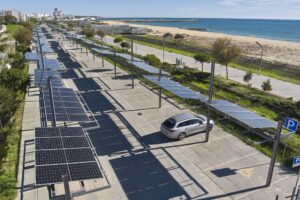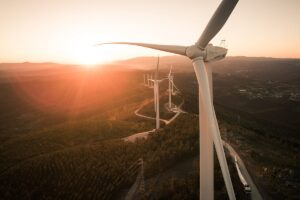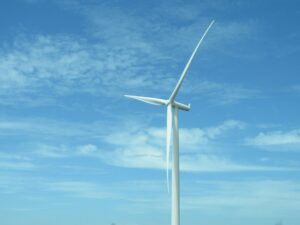By ADRIAN WRIGHT energy@algarveresident.com
Adrian Wright has worked in energy conservation for over 15 years and, in addition to an award winning UK consultancy, is now providing a design and consultancy service in the Algarve through a new company, Ambient Homes. In this series, he will try to help you to save money, protect the environment and have a warmer, healthier home.
YOU WANT to do your bit for climate change but renewable energy is either too expensive or not practical for your home. What else can you do to save energy and reduce your home’s carbon emissions?
Low cost ways to save energy
Lighting
When we bought our home, there were 27 halogen bulbs rated at 50 watts in the kitchen alone. Had we not changed the bulbs to low energy versions, we could have spent almost 250 euros a year just lighting this single room for only four hours a night.
There are now a vast array of low energy light bulb options on the market, from the more common compact fluorescent bulbs (CFLs), which are available in every supermarket and DIY store, through to the newer and more efficient LED bulbs.
The EU has committed to ban the sale of standard incandescent light bulbs by 2010, so those householders looking to change their light fittings should ensure they can accept low energy bulbs. The EU estimates that banning incandescent bulbs will save annually the equivalent of the entire electricity bill of 10 million European households.
Compact Fluorescent Lights(CFLs)
CFLs are cheap, typically costing three to five euros, and are ideal for larger light fittings or table lamps where size is not an issue. A 20 watt CFL will provide the equivalent light to a 100 watt standard incandescent light bulb and, therefore, could cut your lighting electricity bill by 80 per cent. CFLs can, however, be unsuitable for certain light fittings and may take up to two minutes to reach their full brightness.
LED, the future of lighting?
LED spotlight bulbs have been around for many years – we began using them around four years ago in our home in the UK. Unfortunately, at the time, even the lowest wattage bulbs were expensive, costing around 15 pounds sterling each and the light they gave out was far less than their halogen counterparts. However, as with all electronics, prices have started to fall and technology has moved on. The latest high power LED light bulbs cost around 30 euros but can generate the same light as a 35watt halogen bulb from just three to four watts, a tenfold saving on electricity.
Garden lighting
In my neighbourhood, at night, I am amazed by just how much energy is being wasted on garden lighting. Homes and gardens are floodlit with rows of 500 watt halogen lights, annoying neighbours and taking out any moth unfortunate enough to fly close by.
Large outdoor spotlights are now available in most DIY stores containing compact fluorescent or metal halide bulbs, which use around five times less energy than halogen bulbs. Accent lighting can also be provided by the use of LED bulbs which come in a range of colours.
Draught proofing
It is amazing how much heat can leave a building through draughty doors and windows. Draught strips can easily be installed around external doors and windows, while gaps in floors and skirting boards be filled with silicone. It is, however, important to ensure that adequate ventilation is in place for fuel burning appliances and to prevent condensation. If in doubt seek professional advice.
Hot water cylinder insulation
Water heating can be extremely expensive, especially if you use electricity rather than oil or gas. Ensure your cylinder has a good insulating jacket and you could see your fuel bills fall dramatically.
Cost free savings
There are some simple ways to save energy without spending any money at all.
•Reducing your room thermostat (if you have one) by one degree centigrade can cut your heating bill by 10 per cent.
•Don’t leave electrical equipment on standby – in the UK 740 million pounds sterling of electricity is wasted a year by equipment left on standby.
•Use heavy curtains to keep heat in at night and heat out during the day in summer.

